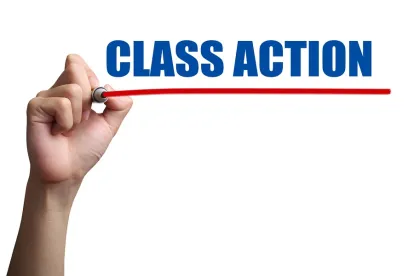A recent decision by a Washington federal district court caught my eye because it involved a circumstance I often see—a new development in the law results in a class action lawsuit being filed before the defendant has an opportunity to change its practices in response to the change (or clarification) in the law. This decision highlights several arguments that defendants can make in defending against class certification in this type of case.
Morrison v. Esurance Ins. Co., 2020 WL 583824 (W.D. Wash. Feb. 6, 2020), arises from a Washington Supreme Court decision concluding that an insurer was not permitted to deny a claim for personal injury protection benefits under an automobile insurance policy solely based on a finding of maximum medical improvement. The court’s denial of class certification focused on two issues: the injunctive relief claim, and superiority under Rule 23(b)(3). First, the court found that a Rule 23(b)(2) class seeking injunctive relief was inappropriate for two reasons: (1) the claim for monetary relief was not incidental to the claim for injunctive or declaratory relief; and (2) the defendant had brought its procedures into compliance with the new decision, and thus “[a]ny request for injunctive relief is therefore moot” because “Plaintiff has failed to show any likelihood of the harm reoccurring.” Id. at *5. This is a key argument that defendants can make when a putative class action attempts to capitalize on a recent development in the law and the defendant has brought its procedures into compliance.
Second, the court found that certification of a damages class under Rule 23(b)(3) was not appropriate because superiority was not satisfied. The court first concluded that because individual suits could seek between $10,000 and $35,000 plus the possibility of treble damages and attorney’s fees, this “will provide substantial incentive for class members and their attorneys to prosecute claims individually.” Id. at *6. This can be a strong argument, particularly where the defendant can show that plaintiffs’ attorneys frequently file individual suits making claims similar to those alleged in the putative class action.
The court also concluded that the superiority requirement was not satisfied because determining who was in the class (which ultimately would have to be done in order to determine who is bound by any final judgment) would require mini-trials. This was because the insurer’s claim denial letters were not a sufficient basis to determine whether benefits were denied, or whether the denial was based on maximum medical improvement. The Ninth Circuit does not have a separate ascertainability requirement, but this is a good example of how a defendant can effectively make an argument about the class definition under the superiority criterion for class certification.



 />i
/>i

